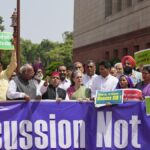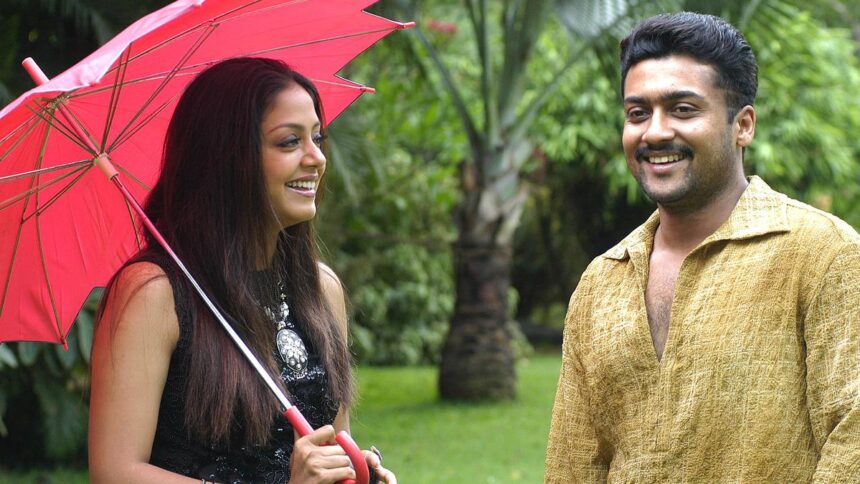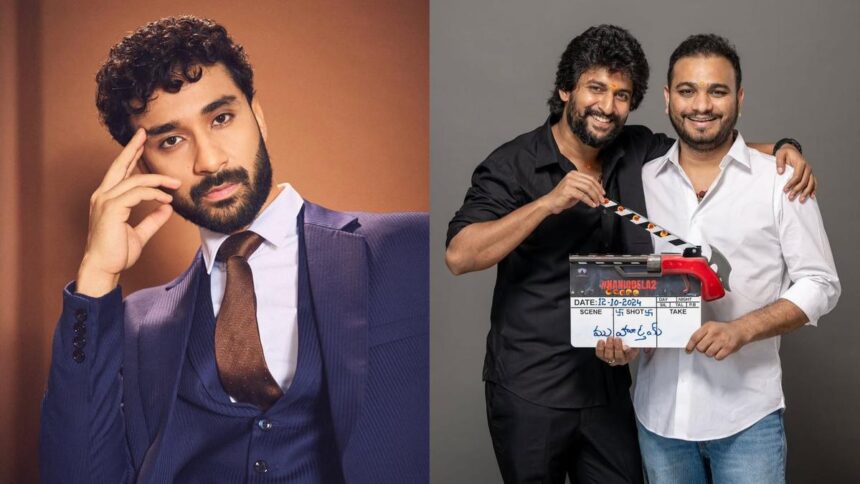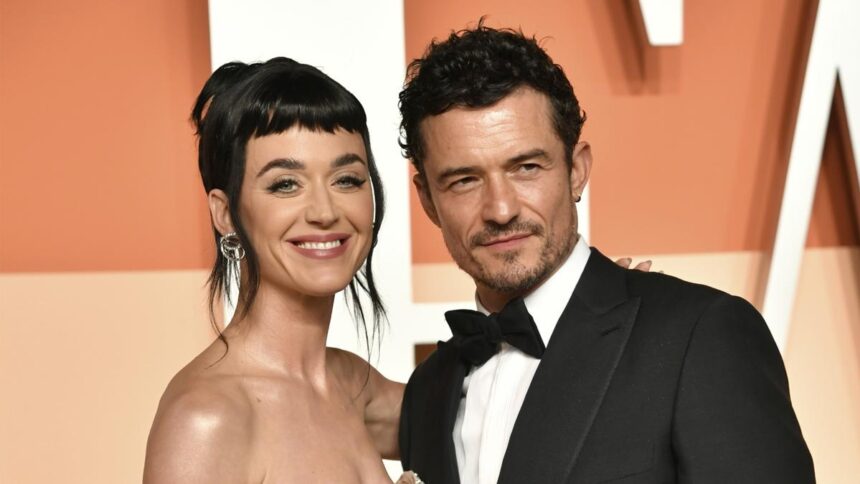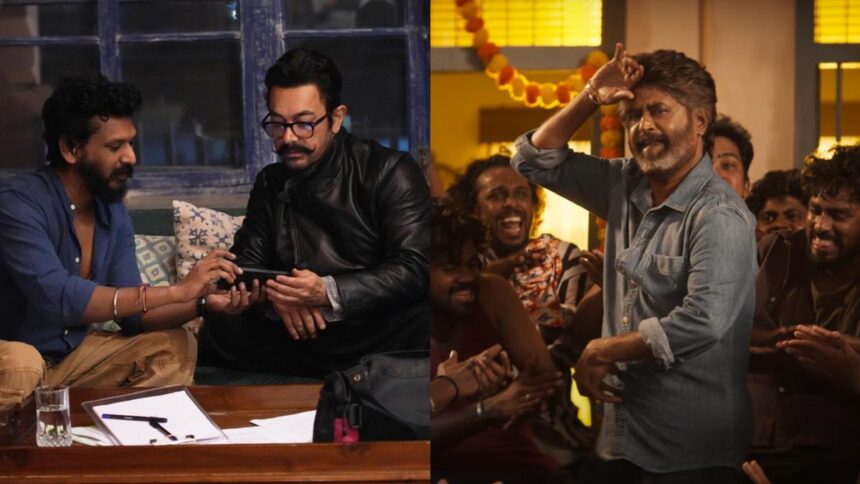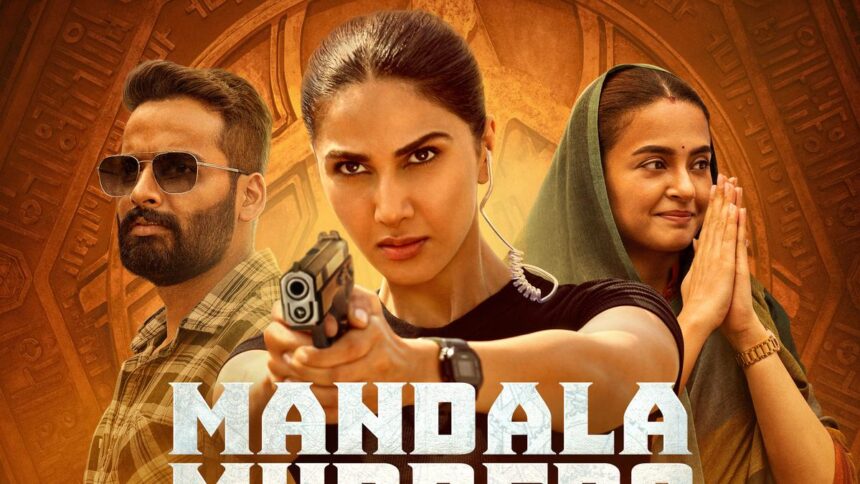Semmangudi Srinivasa Iyer strode Carnatic music world like a colossus and today, he is rightly hailed as the Sangeetha Pithamaha. He continues to inspire many young musicians. His worthy and well-known disciple T.M. Krishna recently performed a concert as part of the Sangitha Kalanidhi Semmangudi Srinivasa Iyer Birth Anniversary Series, organised by Naada Inbam.
Acceding to a request by his co-artiste K. Arun Prakash, at the start of the concert, Krishna shared memories of Semmangudi. He said “For many, it is the keerthanas such as ‘Maaru balka’, ‘Meru samaana’, ‘Chaala kalla’, and ‘Sapasyat kausalya’, viruttams, Shloka such as ‘Shringaram kshitinandini’, and especially his second speed (rendaam kaalam) kalpanaswaras that are deeply etched in the mind. But I wish to highlight something slightly different — what is not often spoken about is the mind behind the musician. Semmangudi’s music was so full of life that we forget how much thought and intention has gone into crafting that music. Performance was just one part — the deeper layer was the thought, which we experienced often only in the classroom.”
Talking about what a great analyser of music Semmangudi was, Krishna said, “He thought deeply about ragas, about the appropriateness of his every rendering, and this is evident even in the few interviews available online. Time and again, he returned to one idea ‘Raga Sangeetham’. For him, raga was the life and breath of Carnatic music. When we think of Carnatic music in the 20th century, there is an aural landscape within which we imagine it. The person who epitomised that landscape was Semmangudi Srinivasa Iyer. There was never a moment in his music where listeners were doubtful whether he was within that landscape. Regardless of the raga he sang, the moment he began singing, Carnatic music resounded. That power came from the sheer depth of thought behind every musical choice.”
In pursuit of musical integrity
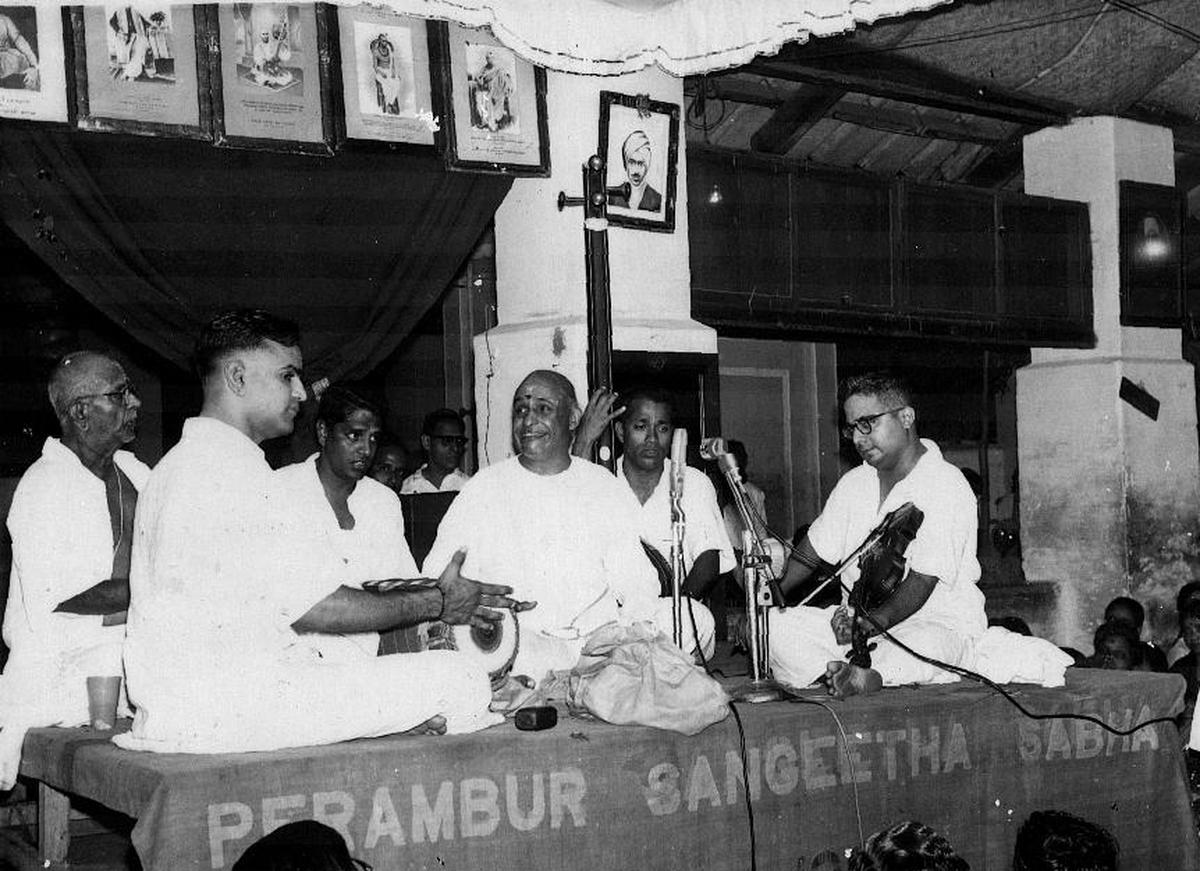
Semmangudi Srinivasa Iyer performing at Perambur Sangeetha Sabha.
| Photo Credit:
The Hindu Archives
Krishna reflected on the commonly used term, “thinking musician,” and how it is often used quite frivolously. “All musicians think — it is essential. But what Semmangudi brought was something more: the ethics of musical thought. This was not about his ego or showcasing skill — it was about what served the music best. That objectivity, that selfless pursuit of musical integrity, was invaluable. Even at the very end of his life, Semmangudi was in search of something new in music.”
Among many memories, one particularly stayed with Krishna. He recalled, “When Semmangudi mama was ill and admitted to hospital, my wife Sangeetha and I went to see him. When he saw us, he softly said, ‘Bhayama irukku’ (I am afraid). The natural assumption was that he feared passing away. So, we instinctively replied, ‘Mama, kavala padatheengo. Onnum aagathu’ (Don’t worry. Nothing will happen). But mama said, ‘Athillai. Sangeetham maranthu poyidumnu bhayama irukku’ (It is not that. I am afraid I will forget music). That is the kind of commitment and devotion we need — not just in music, but in whatever we do in life.”
What followed was a concert that was a fitting and moving tribute from a disciple to a guru.
Such a performance cannot be a mere patchwork quilt. Careful planning, abundant intuition, sensitivity and an infallible sense of proportion are necessary for its success. And Krishna is gifted with these qualities, naturally.
Tyagaraja’s Asaveri kriti ‘Lekana ninnu’ with which he began, set the tone for the evening. The kriti was embellished with kalpanaswaras at the pallavi.
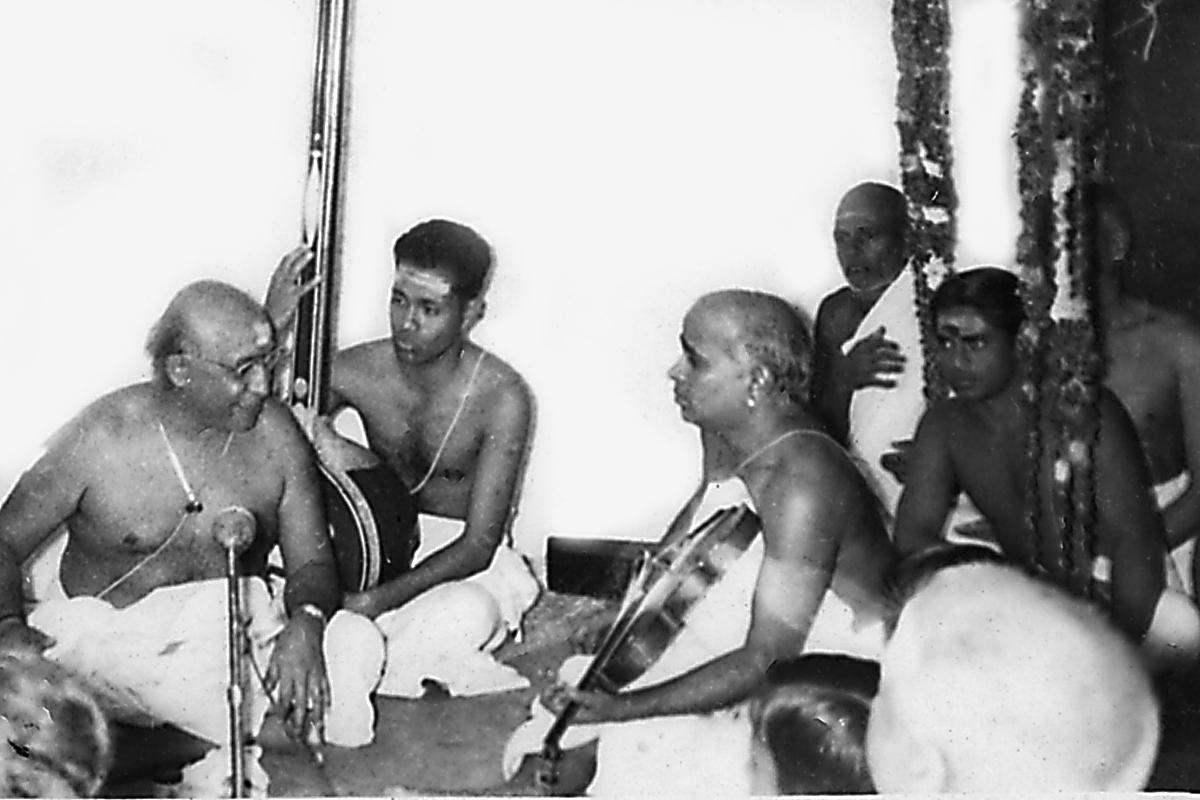
Karaharapriya was one of the favourite ragas of Semmangudi Srinivasa Iyer.
| Photo Credit:
The Hindu Archives
Raga Karaharapriya was a favourite of Semmangudi, and Krishna rendered an appealing alapana of the raga for the Neelakanta Sivan composition, ‘Navasiddhi petralum’. Subsequently, he took up a detailed elucidation of Devagandhari. Any raga in Krishna’s hands shows his never-ending quest for excellence. He chose a rarely heard Dikshitar kriti, ‘Vadanyeshvaram bhajeham sada’ and rendered it in a sedate chowka kala, distilling the raga’s essence effectively. Semmangudi rendered this song at his Music Academy recital in 1966.
Then came the Ananda Bhairavi composition by Swati Tirunal, ‘Pahi tarakshu puralaya mamayi’. The swaras that Krishna rendered had a lingering effect.
The main raga of the evening was Sankarabharanam. Following an exhaustive alapana, Krishna provided a glimpse of the tanam, and the rest of it was left to violinist Akkarai Subhalakshmi to complete. As a co-artiste, Subhalakshmi is always in tune with the vocalist, making a mark as a successful accompanist.
Semmangudi’s favourite pallavi
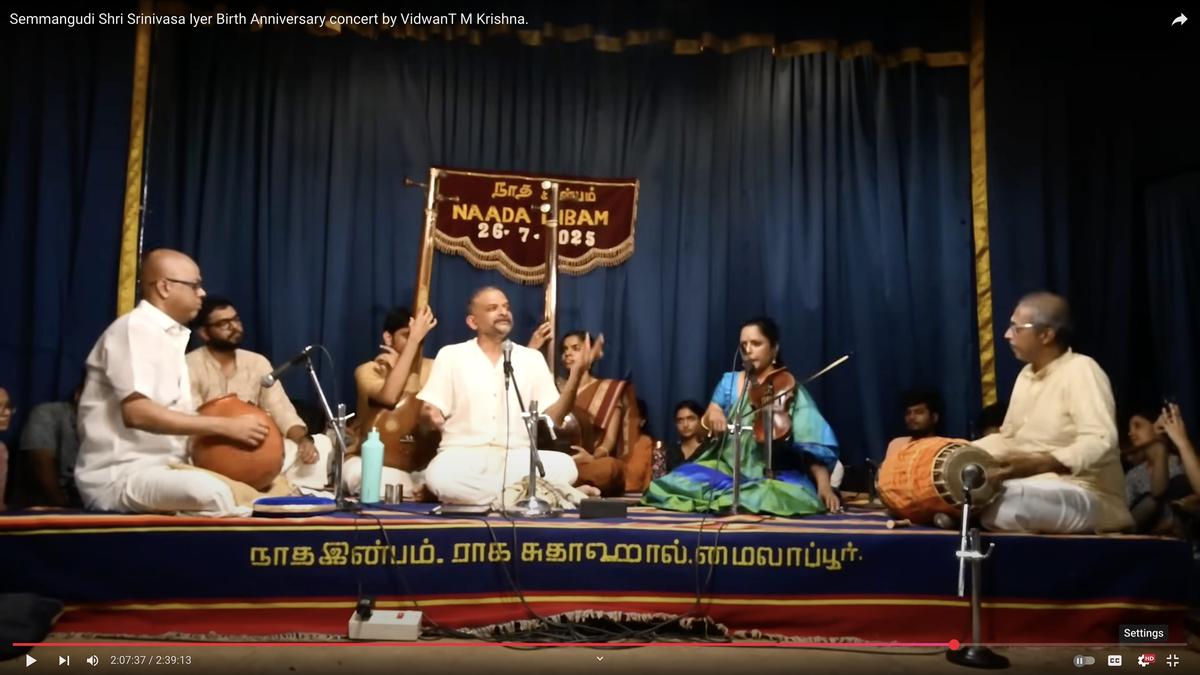
T.M. Krishna with Akkarai Subhalakshmi (violin), K. Arun Prakash (mridangam) and N. Guruprasad (ghatam) at his tribute concert at Ragasudha Hall, Luz, Mylapore.
| Photo Credit:
Special Arrangement
Krishna took up Semmangudi’s favourite pallavi, ‘Chakkagani bhajana jese variki takkuva galada Sri Rama dinadinamu’ in Adi tala. It was a simple, yet melodic pallavi, and beautifully conveyed the essence of the lyrics. Unlike the increasing tendency to indulge in speed and over-embellishment by musicians, Krishna showed restraint and adroitness both in the pallavi and kalpanaswaras, especially in the higher tempo. Thani by K. Arun Prakash on the mridangam, and N. Guruprasad on the ghatam was indeed as it ought to be a continuation and part of the RTP. Both of them enriched the concert through their intelligent playing.
Krishna then continued with a viruththam in Mayamalavagowla, Sahana, Hamir Kalyani, and Kapi and back in the reverse order. ‘Maulau ganga shashaankau’ the Sanskrit verse was written by Appayya Dikshitar in praise of Nataraja of Chidambaram. This was a staple at Semmangudi’s concerts. Another of the maestro’s favourite that came up next was ‘Sa pashyat kausalya’ in Jhonpuri, composed by Panchapakesa Sastri. The khetrayya padam in Sahana that Krishna sang was ‘Meragadu rammanave naa saamini’. But he commenced the padam from the anupallavi, ‘Muratopu seyaka muvvaGopala samini’.
T.M. Krishna concluded his tribute recital with ‘Sakhi praana sakhuditu jesene’, a javali by Dharmapuri Subbaraya Iyer and Sadasiva Brahmendral’s ‘Pibare Ramarasam’ in Yamuna Kalyani.
Published – August 07, 2025 12:50 pm IST






